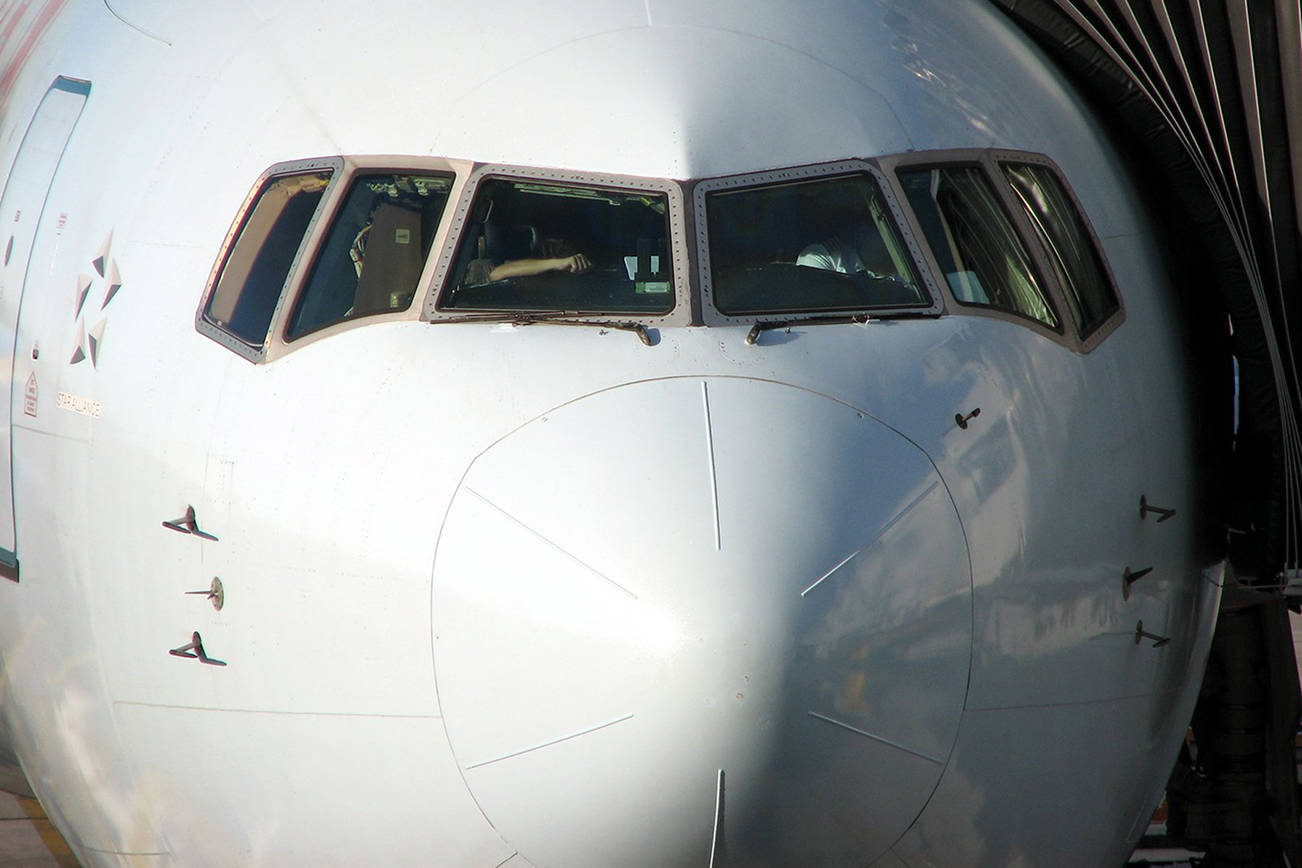Last year, a PricewaterhouseCoopers (PwC) global study of aerospace manufacturing attractiveness found the United States is top rated, and within our country, Washington is the best.
The study reaffirmed that “Washington’s economy and industry size are heavily tied to Boeing’s commercial aircraft business.” Boeing Commercial Airplane Co. is based in Renton. PwC pointed out that our state also is home to 1,400 aerospace-related businesses and has the highest concentration of aerospace jobs in the country.
Washington topped the state rankings in categories of industry, infrastructure and economy. Texas finished second with its strong economy and favorable tax policy. It has a more diverse aerospace manufacturing base than Washington with Airbus, Lockheed Martin, Boeing, Bell Helicopters, Textron and Gulfstream located there.
Boeing has mammoth manufacturing facilities in the Puget Sound Region that are unlike any other in the world. The 66,000 workers solely assembly every jet used by airlines. Only Charleston, S.C., shares 787 production.
2019 will be a pivotal year for Boeing’s 777x program. The company has invested more than a billion dollars on its new composite wing plant at Everett. It is programmed to build and test six new 777s.
The new wing is modeled on the success of the 787 Dreamliner – the first commercial composite jet – which continues in high demand by international airlines. It is 20 percent more fuel efficient and cheaper to fly long-haul routes (more than 2,200 nautical miles or nmi).
The new 777 gives Boeing an edge over Airbus. It is engineered to 12 percent more economical to operate than the A350 and if testing goes as planned, delivery could begin in 2020.
The first test plane is completed and its wings are purposefully being stressed until they break. Boeing engineers are testing the wings far beyond any strain they will endure in flight.
PwC commended Boeing for its record commercial jet production and earning $10.3 billion in operating profits.
In July, Reuters reported Boeing’s net 737 orders totaled 487 compared with 219 in A320 sales. The good news is Boeing has a backlog of nearly 6,000 orders; the preponderance of which are for 737s and 787s.
Boeing has had its challenges with reaching production quotas. According to reporter Daniel McCoy of the Wichita Business Journal: “The Boeing Co. delivered 43 of its 737 narrow-body jets in October, a month that a company executive said recently would come in lower than normal due to continued delays from its engine supplier. Monthly deliveries of the 737 fell as low as 29 in July as Boeing worked through the supply difficulties, before improving to 48 in August and 61 in September.”
Looking beyond 2019, demand for commercial jets continues to grow. For example, Boeing recently forecast India will buy 2,300 new airplanes worth $320 billion.
Market analysts for Airbus in France have predicted that over the next 20 years, commercial airlines throughout the world will buy about 27,800 new aircraft worth $3.5 trillion, more than doubling the global airliner fleet.
Approximately 68 percent of new deliveries will be single-aisle airplanes, reflecting growth in emerging markets and the continued expansion of low-cost carriers.
Finally, airlines are trending away from large international hubs, such as New York, Paris and Singapore. In past years, airlines flew 747 and A380 jumbo jets to the hubs where passengers connected with shorter regional flights. Today, with the 787, carriers have the same range as the jumbos and have more options for direct long-haul flights.
The good news for the 747, is its newest model will replace the current Air Force One. Others will be configured to haul freight, not people.
Don C. Brunell is a business analyst, writer and columnist. He recently retired as president of the Association of Washington Business, the state’s oldest and largest business organization, and now lives in Vancouver. He can be contacted at theBrunells@msn.com.


